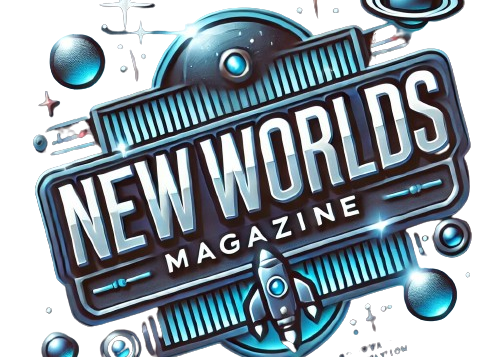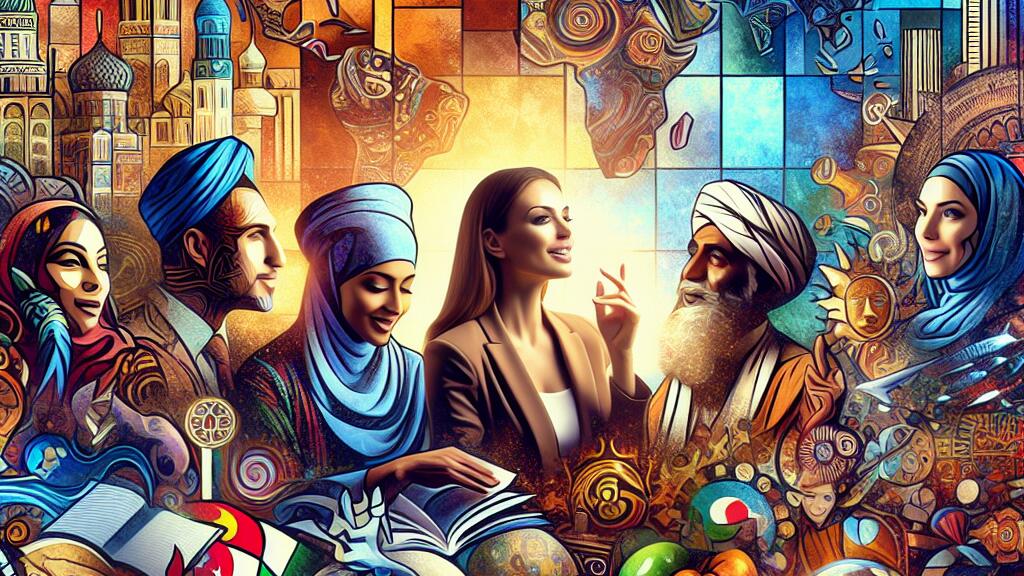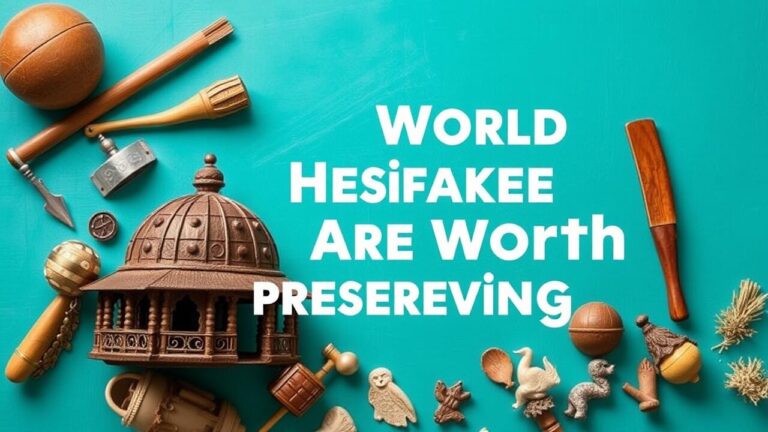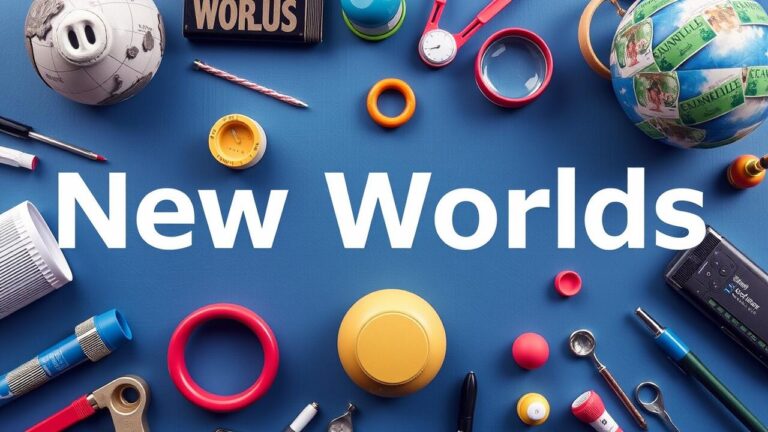The whirlwind of globalization has dramatically reshaped the landscape of cultural exchange worldwide. As countries intertwine more than ever, ideas, traditions, and customs cascade across borders at breakneck speed, creating a vibrant tapestry where diverse cultures collide and coalesce. Thanks to leaps in technology and communication—think smartphones buzzing with instant updates—our exposure to an array of lifestyles has exploded. This surge in connectivity not only enriches our understanding but also adds layers of complexity to social interactions that can feel both exhilarating and bewildering.
Yet, amid this cultural mingling lies a nagging concern about preserving local traditions. The dominance of certain cultures looms large, threatening to eclipse smaller communities with their distinctive practices. In this global tide, there’s a real risk that unique customs might be watered down or reshaped just to fit into the broader narrative—a phenomenon that could spell disaster for cultural identities everywhere. Therefore, navigating the fine line between welcoming global influences while fiercely protecting traditional ways is crucial if we hope to uphold the rich diversity in an increasingly uniform world.
The Effects on Local Traditions
Globalization has cast a long shadow over local traditions, weaving a tapestry of practices that sometimes disrupt the very fabric of cultural identities. Traditional celebrations, rituals, and customs find themselves in a state of flux—morphing or even fading as outside influences seep into communities like water through cracks in ancient stone. Some traditions bravely adapt, embracing new elements with open arms; others teeter on the brink of erosion under the weighty presence of an all-encompassing global culture. This tumultuous shift sparks tension—a tug-of-war between safeguarding heritage and welcoming modernity—that intricately shapes societal values and behaviors.
Local traditions stand tall as beacons of identity and community, rich with meaning for those who cherish them. Yet when thrust into the whirlwind of global cultural dynamics, they must either hold firm against change’s relentless tide or morph gracefully while clutching their essential core values tightly. The ongoing dialogue between tradition and globalization paints a vivid picture of resilience within cultural expressions, as communities strive to preserve their unique narratives amidst an ever-growing mosaic of diverse influences. Indeed, the challenges posed by globalization urge societies to pause—to reflect deeply—and redefine their cultural practices in this rapidly shifting landscape we inhabit today.
Understanding Cultural Norms
Cultural norms act as the invisible threads weaving through the fabric of various societies, guiding behaviors in ways both subtle and profound. These unspoken codes dictate how people connect, converse, and reveal their true selves. In a myriad of cultures, social expectations are sculpted by an intricate blend of history, religion, and geography—each element playing its part in shaping interactions. The delightful diversity found in norms can be seen splashed across personal space preferences, gestures that vary wildly from one locale to another, and radically different perceptions of time itself.
Grasping these cultural nuances is not just beneficial; it’s vital for effective communication between individuals hailing from distinct backgrounds. Within business arenas, this awareness escalates to paramount importance. A simple misstep or misunderstanding can spiral into unintended faux pas that might ruffle feathers or create friction where there should be harmony. Take negotiations as an example: while some cultures may prize forthrightness—cutting straight to the chase—others might cherish the artful dance of relationship-building wrapped up in indirect expressions.
Navigating these differences equips individuals with the tools necessary for adaptation—a skill set that smooths out collaboration’s rough edges and minimizes conflict’s disruptive potential. Cultivating cultural competence doesn’t merely polish professional relationships; it fosters an environment rich in inclusivity—a vibrant tapestry that celebrates diversity while respecting each unique thread within it.
The Influence of Social Etiquette
Social etiquette, that intricate web of unwritten codes and practices, dances at the heart of interpersonal interactions across a kaleidoscope of cultures. Grasping these nuanced rules can be the key to unlocking smoother dialogues and nurturing mutual respect among diverse groups. Each society clings to its own set of priorities—whether it’s the formality behind greetings or the rituals surrounding gift-giving. Take eye contact, for instance: in some realms, it radiates confidence like sunlight breaking through clouds; yet in others, it may cast shadows of disrespect. Mastering these subtle intricacies is vital when forging connections in both social gatherings and professional arenas.
When individuals cultivate an awareness of social etiquette, their ability to thrive within multicultural landscapes blossoms exponentially. Employers today are on a quest for cultural competence—they recognize that those who deftly navigate the subtleties of social norms become invaluable collaborators with international counterparts. Moreover, embracing local customs isn’t just about fitting in; it signifies a genuine commitment to understanding and appreciating other cultures’ rich tapestries. This kind of adaptability doesn’t merely enhance workplace harmony; it also lays down pathways toward fruitful business negotiations and enduring partnerships.
Art and Expression in Different Cultures
Art, a vibrant mirror shimmering with the hues of values, beliefs, and experiences from myriad cultures, reflects back at us in ways both profound and intricate. Through a kaleidoscope of artistic expressions—be it painting that splashes color across canvases, music that dances through the air, dance that tells stories without words, or literature that weaves together thoughts—communities craft narratives pulsating with their heritage and collective identity. Each art form is not merely an aesthetic endeavor; it’s woven into the very fabric of society’s history. Unique techniques blossom forth alongside materials and themes shaped by geography’s embrace, economic tides, and social currents.
In this rich tapestry of creativity, individual talent shines like stars against a vast night sky while simultaneously nurturing communal bonds—a shared heartbeat echoing through time. Artists often find inspiration nestled within their surroundings where tradition meets modernity in a delightful clash—or perhaps a harmonious blend—to create works resonating on universal frequencies. This dialogue between past echoes and present whispers reveals art as an ever-evolving entity—a living testament to cultural identity itself.
Moreover, when cultures collide and interact cross-pollinatively—the exchange of artistic ideas flourishes! Such encounters enrich our global mosaic of creativity while reinforcing the beautiful truth: art knows no boundaries yet celebrates every unique thread woven within its expansive reach.
How Creativity Reflects Values
Artistic expression acts as an intriguing lens, reflecting the intricate tapestry of values woven into the fabric of diverse cultures. Through a kaleidoscope of visual arts, melodies that resonate in our hearts, dances that tell stories, and literature that captures the essence of existence, creators unfurl their beliefs and social mores like banners in a breeze. Take traditional dances: they pulsate with communal bonds and echo historical sagas; meanwhile, contemporary art emerges as a bold challenger to societal norms, igniting sparks of critical thought.
Yet there’s more—creativity becomes a vessel for navigating identity’s labyrinthine pathways, resilience’s steadfast embrace, and transformation’s unpredictable dance within cultural realms. Each art form serves as a spotlight on unique experiences—the trials faced by individuals or groups—illuminating their remarkable responses to adversity and metamorphosis. By delving into how these artistic expressions spring forth and morph over time, one unearths profound insights into the collective psyche—a rich bedrock upon which culture stands firm—and uncovers the core values sustaining its very heartbeat.
The Significance of Language in Culture
Language isn’t just a tool; it’s the vibrant tapestry through which cultural identity weaves itself, molding how people articulate their thoughts, values, and beliefs. Each language pulses with its own unique subtleties and idiomatic expressions—tiny windows into cultural practices and worldviews that shape our everyday interactions. This intricate dance between language and culture can dramatically influence interpersonal relationships, offering glimpses into social norms and expectations that guide human behavior.
In multilingual landscapes, the rich coexistence of various languages doesn’t merely enhance the cultural mosaic; it often throws up hurdles in communication and integration as well. Picture this: each dialect stands not only as a vessel of meaning but also as a bridge to deeper understanding—a conduit for respect across diverse cultural contexts. It opens doors to genuine dialogue that connects individuals from wildly different backgrounds.
Mastering multiple languages can be like unlocking new dimensions of empathy and appreciation for others’ ways of life—each conversation becomes more authentic when you speak someone else’s tongue! Whether in personal exchanges or professional environments, grasping the profound significance of language within culture is essential for nurturing mutual respect and understanding in an ever-more interconnected globe.
Language as a Tool for Connection
Language—oh, what a fascinating web it weaves! It’s not just the tool of chatter and banter; it’s the very essence through which individuals and communities intertwine. More than mere conversation, it becomes a bridge, an intricate passageway that nurtures understanding and empathy among a tapestry of cultures. The richness of vocabulary, those subtle expressions—it’s like peering into the soul of cultural values themselves, molding how relationships blossom and societies interact.
In this grand dance of multilateral exchanges—be they casual or corporate—the power to communicate in a shared tongue elevates respect and teamwork to new heights. It enhances those delightful cross-cultural encounters that leave us richer for having experienced them!
But let’s not stop at spoken words or penned thoughts; language embodies so much more! Consider the nuances found in non-verbal cues: gestures that punctuate our intentions, body language that speaks volumes without uttering a sound, tones that infuse meaning into silence. Each layer adds depth to our connections—a treasure trove essential for forging genuine bonds.
And then there’s the adventure of picking up a new language! It opens doors to cultural immersion—a passport into the heartbeats of different heritages and traditions. Ultimately, language does more than connect us; it entwines us under this vast canopy called human experience—fostering harmony amidst diversity as we navigate our increasingly interconnected world.
| Aspect of Language | Description | Significance |
|---|---|---|
| Communication | The transfer of thoughts and ideas through a shared language. | Facilitates understanding and collaboration across cultures. |
| Non-Verbal Cues | Gestures, expressions, and body language that enhance communication. | Adds depth and clarity to spoken interactions, fostering genuine connections. |
| Cultural Immersion | The experience of engaging with different languages and their cultural contexts. | Enriches personal perspectives and promotes empathy towards diverse traditions. |
| Language Learning | Acquiring a new language to enhance communication skills and understanding. | Opens opportunities for personal growth and cross-cultural exchanges. |
Cultural Sensitivity in Global Business
In our hyper-connected globe, grasping the intricacies of cultural sensitivity is not just a nice-to-have—it’s absolutely crucial for businesses that span borders. Companies that tune into and honor regional customs, traditions, and values aren’t merely playing nice; they’re building bridges with local stakeholders in ways that matter. This keen awareness acts as a safeguard against the miscommunications that can easily sprout from cultural misunderstandings lurking beneath the surface.
Employees who receive training in cultural sensitivity transform their approach to communication and negotiation. It’s like giving them a toolbox filled with skills tailored for navigating diverse landscapes—a move toward smoother transactions and richer collaboration across varying environments.
But let’s be real: international relationships demand more than mere acknowledgment of difference. True engagement? It’s an art form requiring active listening paired with an authentic desire to decode those subtle local nuances. Businesses willing to pour resources into cultural training don’t just position themselves strategically; they lay the groundwork for partnerships built on trust and longevity. Valuing cultural diversity isn’t just good ethics—it bolsters corporate reputation while unlocking new avenues in untapped markets waiting to be explored.
Navigating International Relationships
Grasping the intricate tapestry of diverse cultural backgrounds is essential for nurturing robust international relationships. It’s not just about knowing the basics; delving into local customs, traditions, and social norms can dramatically elevate communication and collaboration efforts. This kind of awareness empowers professionals to deftly sidestep potential misunderstandings while honoring a spectrum of perspectives. Moreover, showcasing cultural competence can lay the groundwork for trust—an indispensable element in fostering positive interactions and sustainable partnerships.
But effective communication? Oh, it transcends mere fluency in language! It demands an acute sensitivity to non-verbal cues and an appreciation for context that varies wildly across cultures. Consider this: gestures, eye contact, personal space—they’re interpreted through vastly different lenses depending on where you are in the world. Recognizing these disparities—and skillfully adapting to them—can weave stronger connections and cultivate an environment rich with mutual respect. In turn, this creates fertile ground for thriving collaborations within our ever-evolving global marketplace.
- Understand the importance of cultural representation in communication.
- Take time to research and learn about the culture of your international counterparts.
- Practice active listening to ensure clarity and comprehension.
- Be open to feedback and willing to adjust your communication style as needed.
- Embrace flexibility and adaptability in your interactions.
- Foster an environment of inclusivity by valuing diverse perspectives.
- Continuously enhance your cultural competence through ongoing education and experience.
Conclusion
Grasping the kaleidoscope of cultural viewpoints ignites a spark in global exchanges and cultivates a garden of mutual respect. As our worlds intertwine more intricately, the significance of cherishing distinct traditions, vibrant languages, and expressive art forms becomes ever more pivotal. This heightened awareness doesn’t merely enhance personal journeys—it paves the way for collaborative bonds that span continents.
Diving into the depths of cultural subtleties is crucial for effective communication in every arena—be it personal or professional. Nurturing cultural sensitivity equips both individuals and organizations to build richer connections while deftly navigating challenges born from misinterpretations. In essence, by embracing our shared humanity while celebrating our unique differences, we can weave together a tapestry of harmony on this vast global stage.







